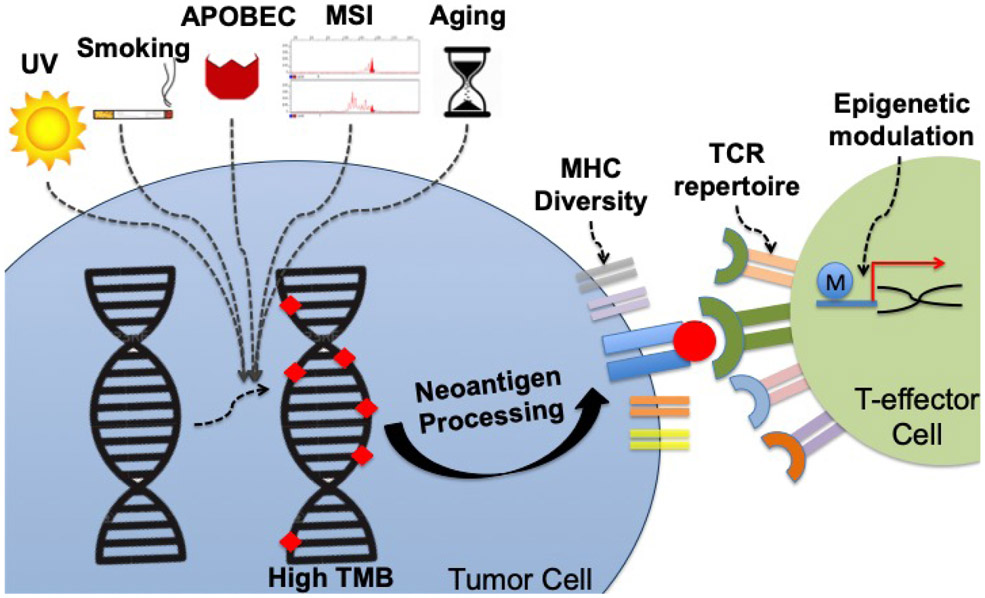Figure 2 – Environmental and host factors that influence TMB as a biomarker for anticancer immunotherapies.
Several different processes lead to gain of genomic alterations in tumors cells, whose number can be quantified by TMB. Environmental factors (e.g. UV) and DNA editing errors (MSI) cause patterns of mutations classified under different signatures.(Zehir et al., 2017) Each signature may influence not only the number of mutations, but also the quality and immunogenicity of the neo-antigens presented as a result of the mutanome burden. Host intrinsic characteristics also impact neo-antigen presentation and recognition. For instance, MHC diversity defines how well the neo-antigens can be presented, while TCR repertoire may define neo-antigen recognition.(Chowell et al., 2018; Weber et al., 2016) Epigenetic modulation (such as by histone modifications and DNA methylation) may also influence the host ability to generate an effective immune response.(Peng et al., 2015)
Abbreviations: MHC, major histocompatibility complex; MSI, microsatellite instability; TCR, T-cell receptor; TMB: tumor mutational burden; UV, ultraviolet light

